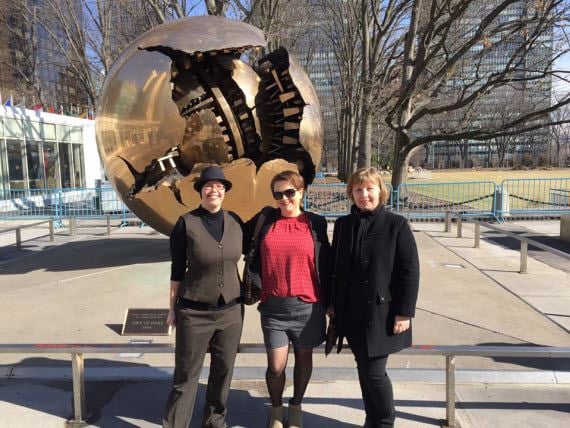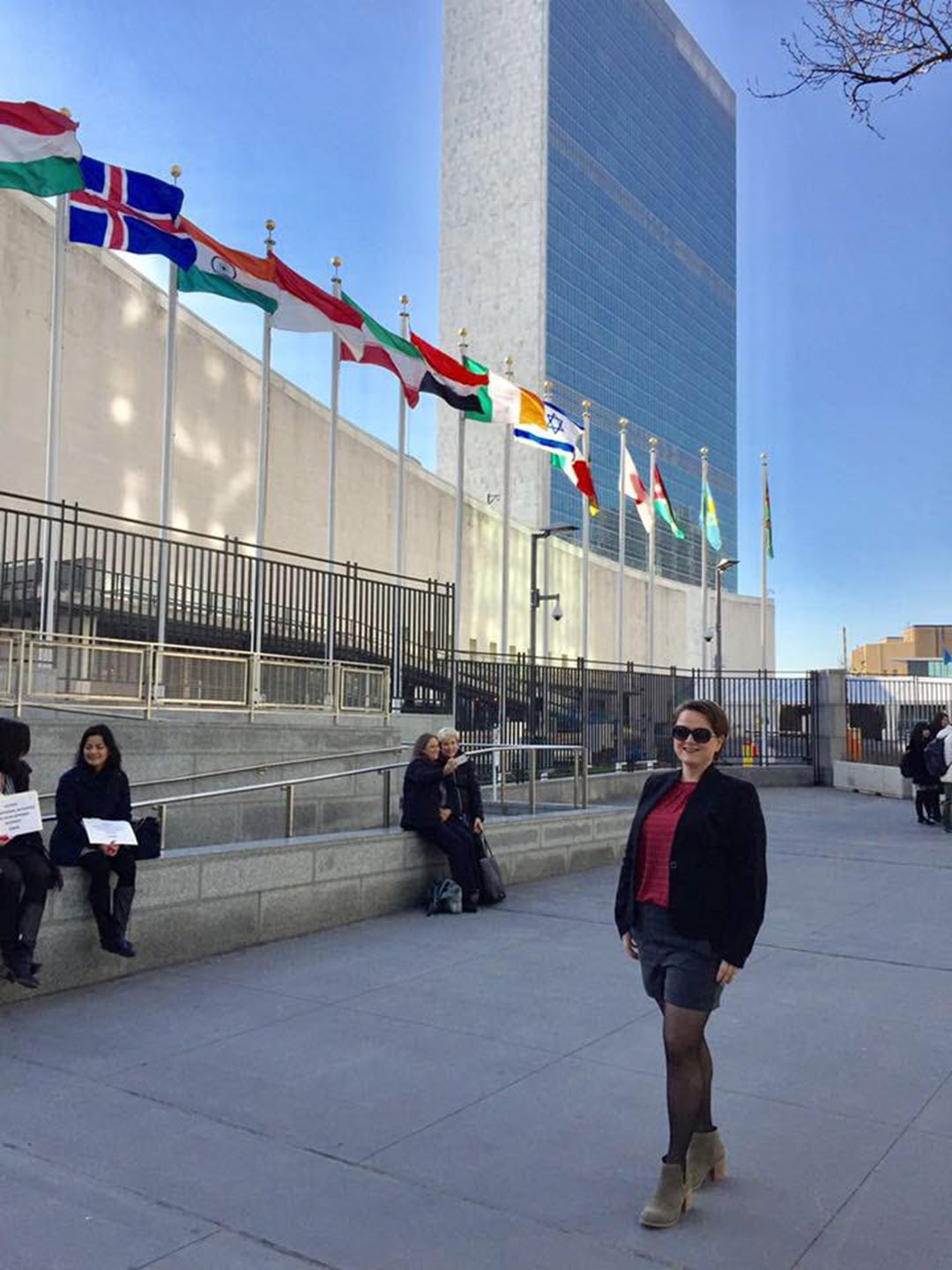The aim of this new international legally binding instrument under UNCLOS is to fill jurisdictional gaps, with an emphasis on an observed increased need to manage marine genetic resources in areas beyond national jurisdiction, that is, areas outside the 200 mile EEZ of a given coastal nation.
- This is a unique opportunity to follow the birth of a treaty. This works comes at a time when we are at the brink of new technological developments that will enable more nations to travel further out to sea into international waters and discover new commercial opportunities and marine resources, says Dr. Tiller
One of the biggest challenges in areas beyond national jurisdiction is access to these resources, and how to strike a balance between sustainable use and total protection of our common heritage. The new legally binding instrument covering this area will ensure that not only the states that have reached the highest technological developments at sea can exploit previously unavailable resources and benefit from these. In her talk, Tiller emphasized how technological solutions for harvesting marine resources can contribute to also manage and enforce the law of the sea.

Another challenge is precisely this enforcement of potential laws that are set relative to for instance quotas for marine resources in these areas. Questions that must be answered are for instance; who will patrol and enforce these areas? How will ships be monitored? How will enforcement distinguish between enforcement of private and state actors on the high seas? In what court of law will potential violations of the law be tried? How will benefit sharing be tackled within this framework? And how will we prepare for changes in fish distribution and migration patterns as a consequence of climate change?
The work is comprehensive and the Preparatory Committee has worked on recommendations on the elements of a draft text for more than ten years. It is expected that by 2018,. The General Assembly will make a decision on whether to hold an intergovernmental conference on this instrument with the end goal of developing a new Treaty. Both coastal nations and land locked nations are active participatns in this process, and Norway is considered one of the five big nations.


